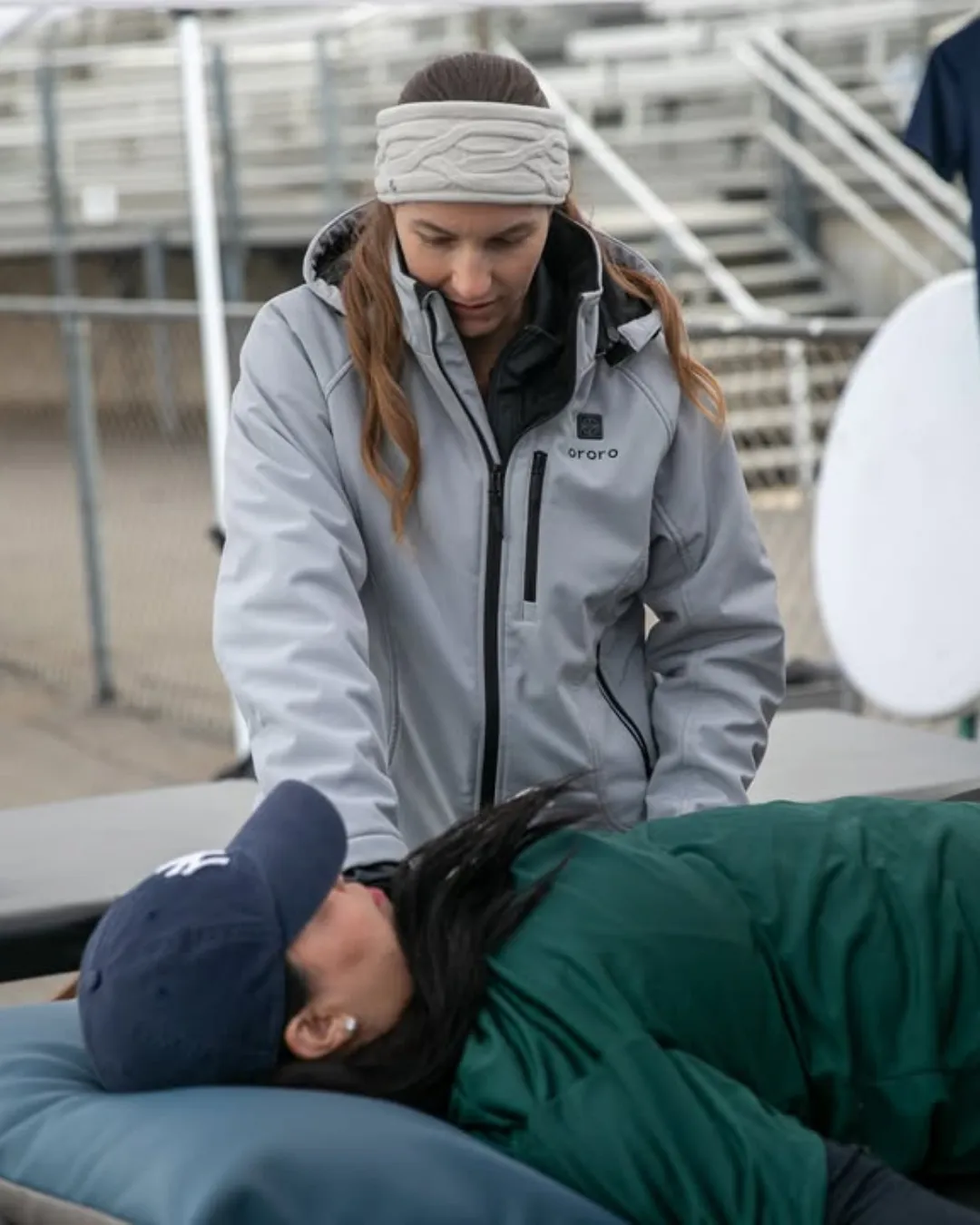We empower our clients through education and advanced techniques, helping them achieve recovery, prevent injuries, and enjoy long-term wellness.
Run Analysis
Nagging aches or inefficient form holding you back? A run analysis can reveal what’s going on. Using video and movement assessment, we identify form issues that may lead to injury or limit performance. Get clear answers and personalized recommendations to run smarter. Schedule your run analysis today!
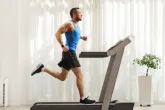
Run Coaching
Looking to run stronger, longer, and with more confidence? Personalized run coaching can help. Whether you're training for a race or building consistency, we’ll create a plan that fits your goals and keeps you injury-free. Take the guesswork out of your training. Start with our running coach in Rancho Cucamonga for your coaching journey today!

Yoga-Specific Therapy
Dealing with pain or limitations in your practice? Yoga-specific therapy bridges the gap between movement and healing. We address injuries, mobility challenges, and alignment issues — so you can return to your mat with strength and confidence. Support your practice with care that understands yoga. Book your session today!

Workout-Specific Therapy
Struggling with pain or stiffness that’s getting in the way of your workouts? Workout-specific therapy targets the movement demands of your training routine. Whether it’s lifting, HIIT, or functional fitness, we address mobility, strength imbalances, and form issues to help you perform at your best — without setbacks. Train smarter with care tailored to your goals. Book your session today!
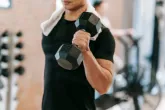
Shoulder Pain
Suffering from shoulder pain? Physical Therapy can help! Our expert treatments target the root cause, reduce pain, and restore mobility. Don't let shoulder pain hold you back. Book your session today and start feeling better!
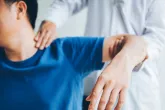
Hip Pain
Dealing with hip pain? Physical Therapy can help! Our expert therapists identify the root cause and provide targeted treatments to reduce pain and improve mobility. Reclaim your active lifestyle. Schedule your session today!
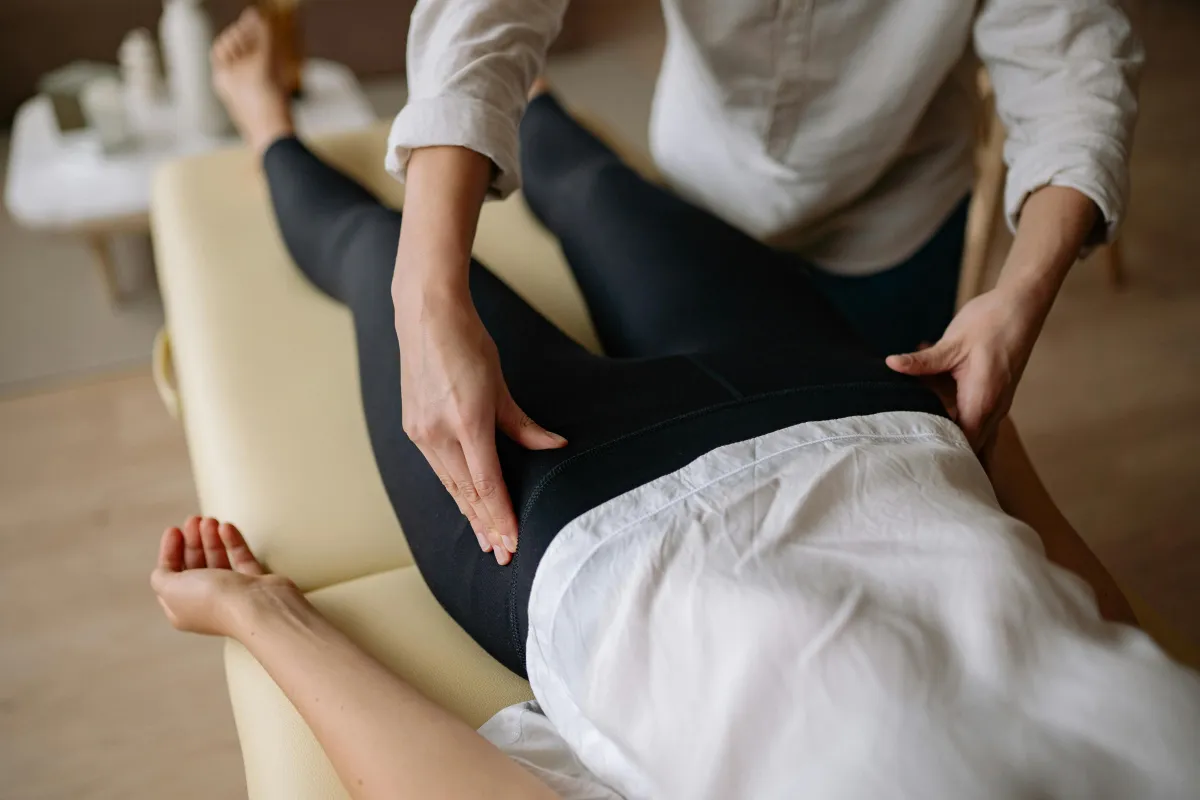
Back Pain
Experiencing back pain? Physical Therapy provides targeted treatments to relieve pain and restore mobility. Our experts will identify the root cause and tailor a plan just for you. Start your journey to a pain-free back today!
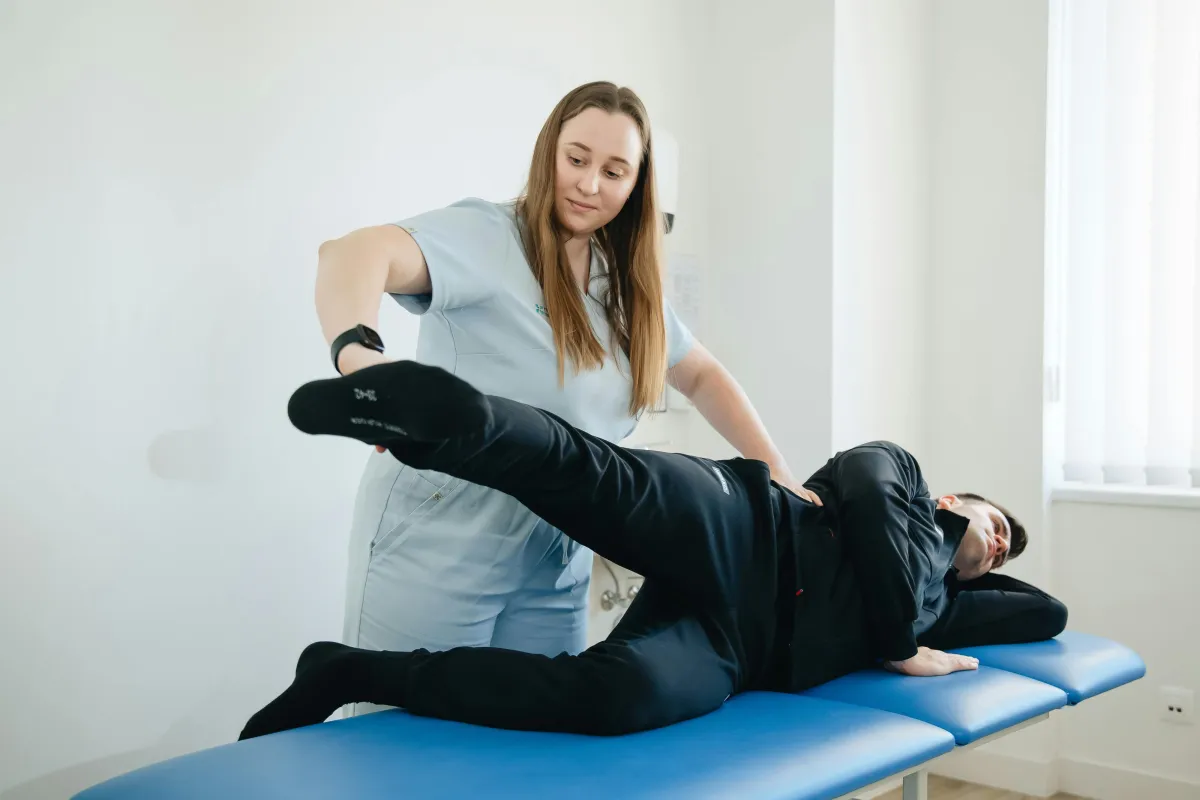
Knee Pain
Knee pain slowing you down? Physical Therapy can help! Our specialists target the root cause, reduce pain, and restore mobility. Get back to doing what you love. Schedule your session today!
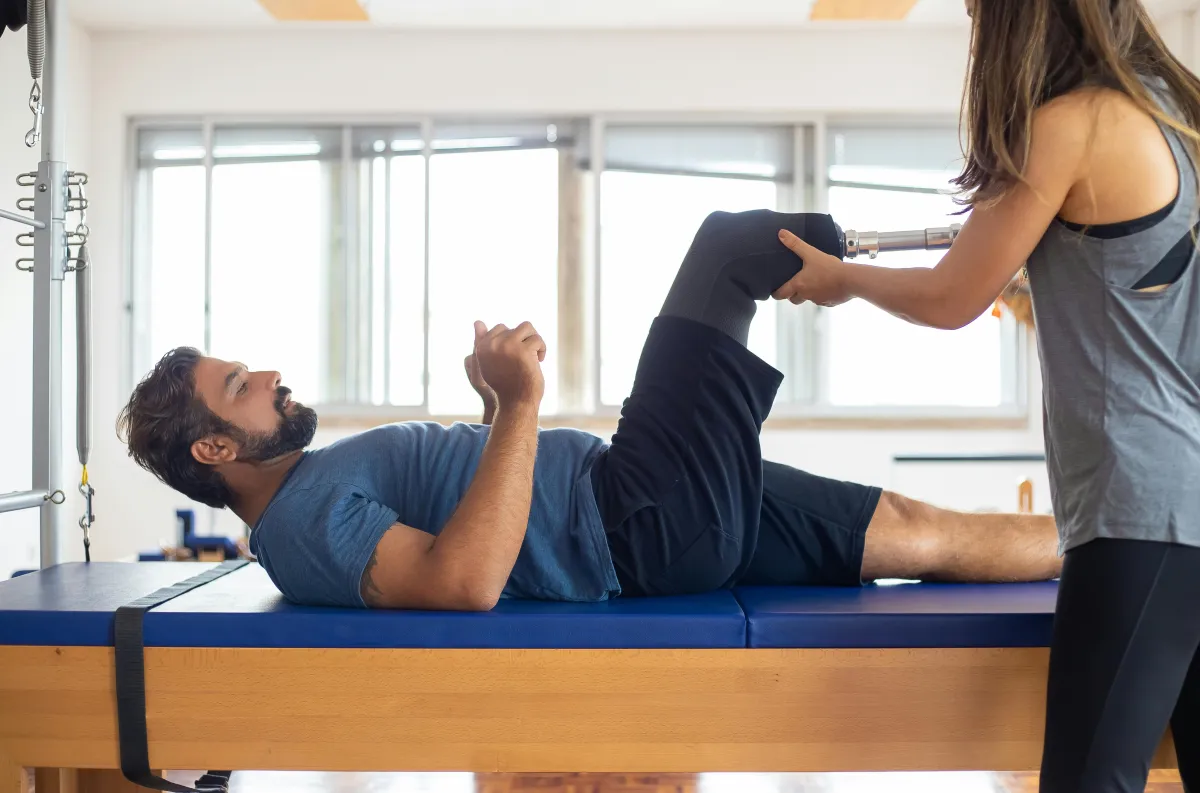
Cupping
Feeling tight or sore from training or daily stress? Cupping therapy uses gentle suction to promote blood flow, reduce muscle tension, and speed up recovery. It’s a powerful tool to relieve pain and restore movement. Experience the relief — book your cupping session today!

Vestibular
Struggling with dizziness or balance issues? Vestibular problems can disrupt your life. Physical Therapy offers effective solutions to restore your balance and reduce dizziness. Get back to living confidently. Schedule your consultation for vestibular therapy in Rancho Cucamonga today!
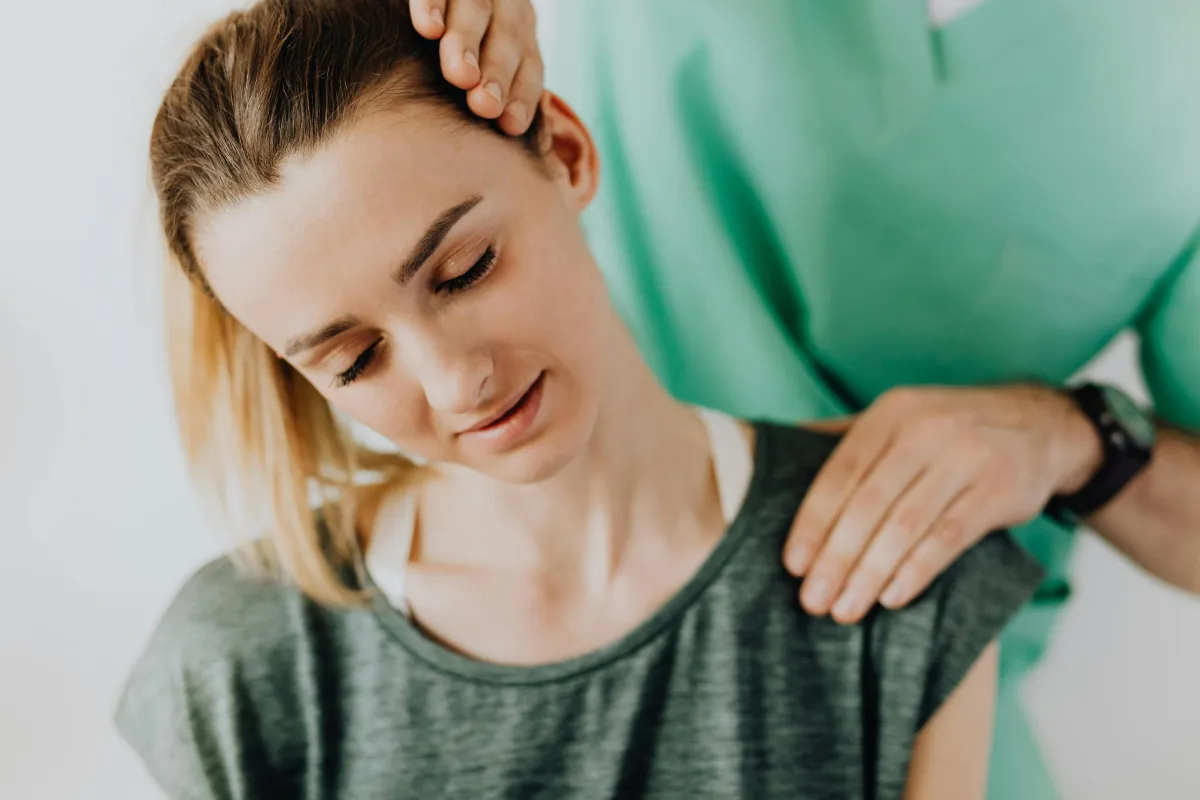
Neck Pain | Foot and Ankle Pain | Elbow Pain | Hand and Wrist Pain | TMJ Disorders Plantar Fasciitis
Carpal Tunnel Syndrome | Tendinitis | Bursitis | Rotator Cuff Injuries
Our Mission
At Movement Solutions, our board-certified physical therapist in Rancho Cucamonga provides personalized care to help you recover, restore mobility, and improve strength. With advanced techniques and tailored treatment plans, we focus on achieving lasting results.
To work together, with our patients, so that they achieve long lasting recovery from and prevent injury so they can be fully present with their family and community.
Our Mission
To work together, with our patients, so that they achieve long lasting recovery from and prevent injury so they can be fully present with their family and community.
Our Doctor
Meet Dr. Connie
Dr. Constance (Connie) Hutchins PT, DPT, OCS, FAFS attended UCS's DPT program and graduated at the top of her class in 2016. Afterwards, while working as a professor at USC in the DPT program she continued furthered her education and finished her Orthopedic Physical Therapy residency in 2017 and received her Orthopedic Certified Specialist (OCS) from the American Board of Physical Therapy Specialists in 2018. Dr. Connie would go on to become a Fellow of Applied Functional Science in 2020 from the Gray Institute for Functional Transformation.
Dr. Connie founded Movement Solutions in order to serve you with one-on-one treatment, education, and tools to improve how you move so that you can fully participate in your life and sports. It is her goal to create an unparalleled clinic that sets a new standard for physical therapy care.
Dr. Connie resides with her husband and two children in Rancho Cucamonga, CA where she regularly participates in 5k, half, and full marathon runs and has started to host local community runs sponsored by Movement Solutions.
"You are worth being well and we're here to educate and support your movement toward a healthier and fuller life by really listening to how you're feeling and applying the best techniques to help you reach your goals." - Dr. Connie
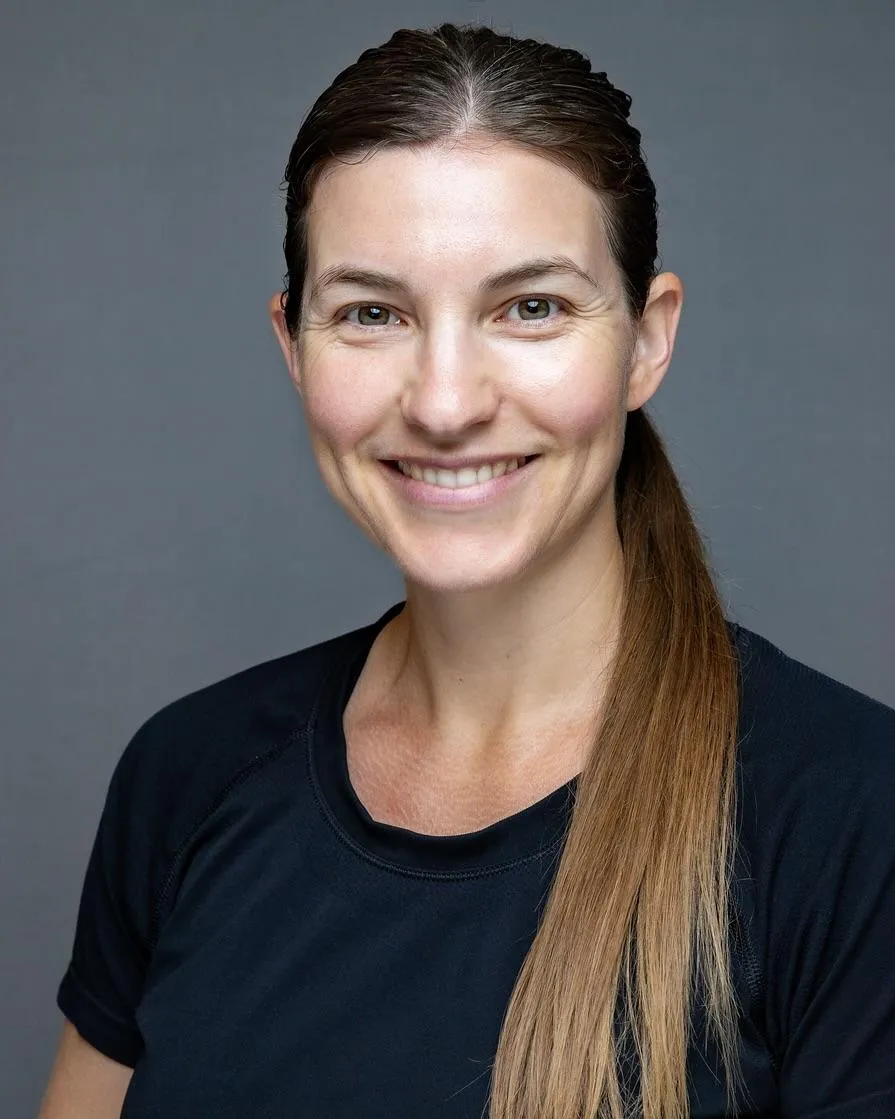
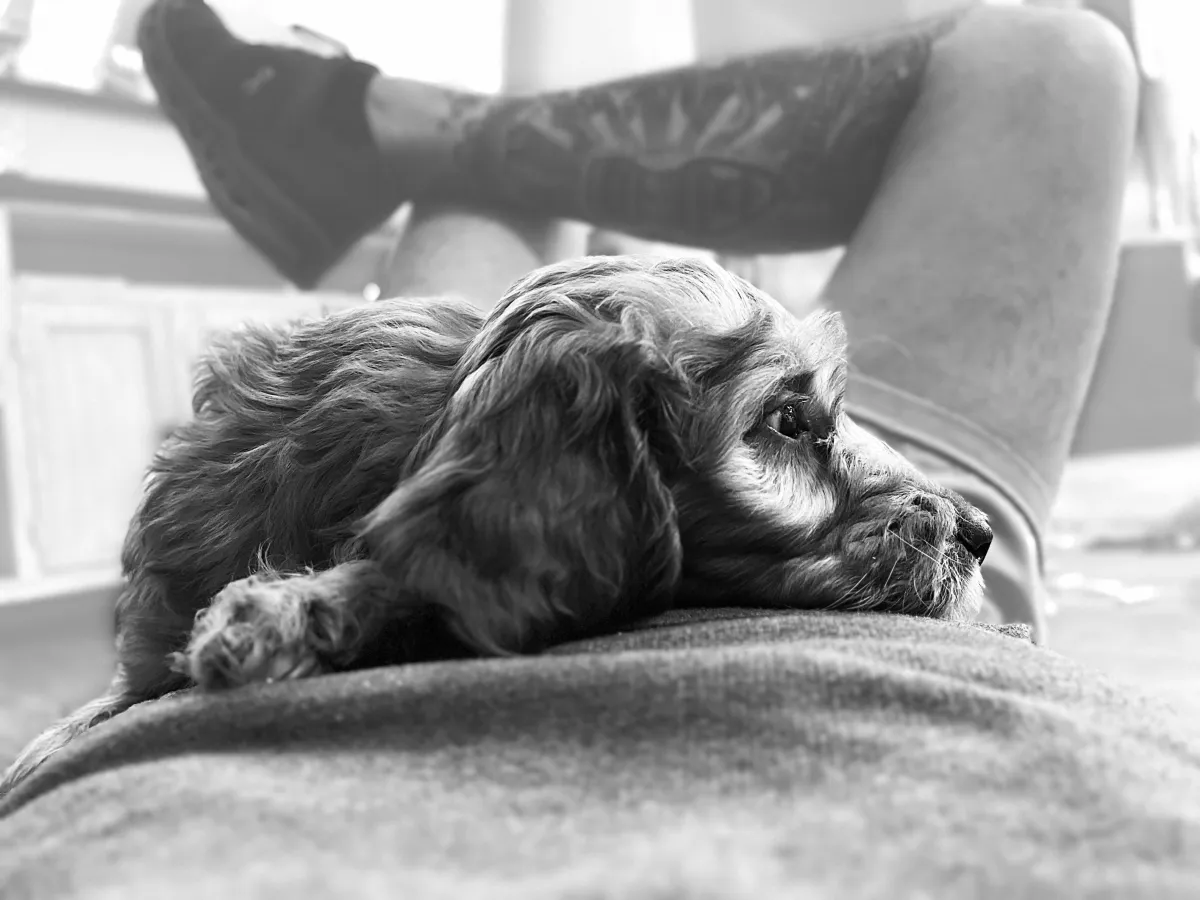
Meet Murphy
Murphy is an adorable 12-week-old Irish Doodle who is preparing to become the clinic dog at Movement Solutions. While she is still learning the ropes, Murphy is excited to take on her future role as the Director of HR. Currently, she resides in our home office with the Director of Operations as she settles in and continues her growth.
Although Murphy doesn’t yet have any human resource skills, she’s already mastering the important aspects of clinic life: playing tug and receiving rubs from anyone who stops by. Her infectious enthusiasm and friendly nature are sure to create a welcoming atmosphere for both patients and staff.
Murphy is also a big fan of water. If the bathroom door is left open, you’ll likely find her jumping into the bathtub without warning, embracing her love of water with no hesitation. As she continues to grow and develop, Murphy’s playful energy and affectionate personality will be a source of joy at Movement Solutions, bringing warmth and lightheartedness to the clinic environment.
Client Props
Running the best with
NO Knee Pain
Conquering Bulldog 50k Trail Race
From Considering Surgery to Pain Free with PT
Pain Relief with NO Medication
From feeling like 60
to 50 years young


